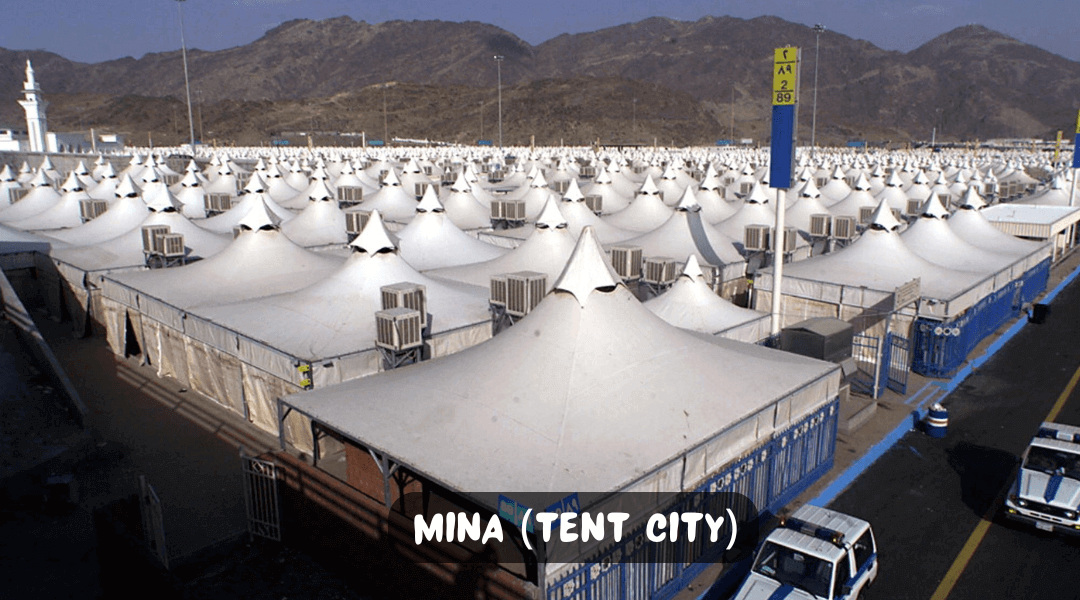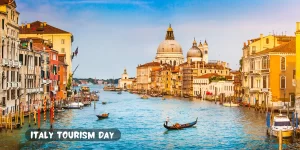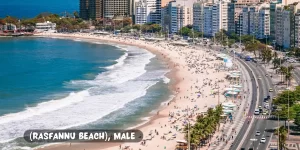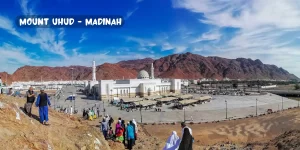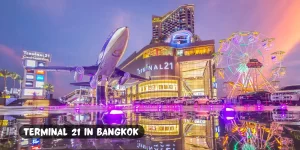Table Of Contents
About Mina (Tent City)
Mina, also known as Tent City, is a valley located 8 km southeast of Mecca. It’s known for hosting millions of pilgrims during Hajj, with over 100,000 air-conditioned tents that provide temporary accommodation. This site is central to the Hajj rituals, particularly during the days of Tashreeq.
Importance of Mina During Hajj
The Tent City, is a vital location for Muslims performing Hajj, one of the five pillars of Islam. Situated about 8 km southeast of Mecca, Mina’s significance lies in its role during the annual pilgrimage.
Historical and Religious Significance
Mina is crucial for several key rituals of Hajj. One of the most important events is the “Stoning of the Devil” (Ramy al-Jamarat). This ritual commemorates the actions of Prophet Ibrahim (Abraham), who threw stones at the devil as a rejection of his temptations. Pilgrims follow this practice by throwing pebbles at three large pillars, symbolizing their defiance against evil.
Additionally, Mina is where pilgrims spend the nights of the 10th to the 13th of Dhu al-Hijjah, the Islamic month during which Hajj takes place. They stay in tents, reflecting the tradition of Prophet Muhammad and his companions, who camped in Mina during the Hajj.
Spiritual Reflection and Community
Mina offers a unique environment for spiritual reflection and communal worship. The vast assembly of pilgrims from around the world, all engaged in the same acts of worship, creates a profound sense of unity and shared faith. This aspect of travel and leisure in Mina is unparalleled, as it combines religious devotion with the experience of being part of a global community.
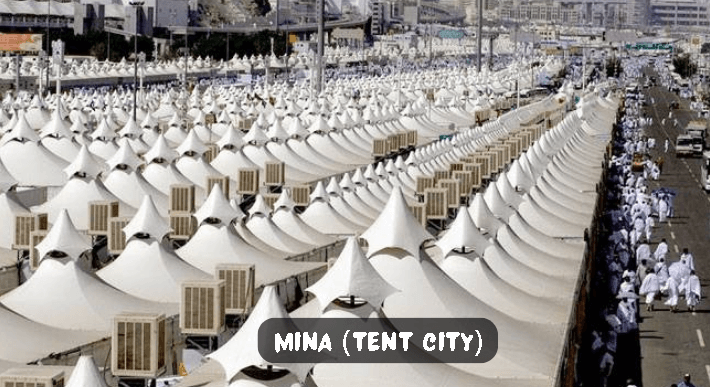
PHOTO FROM: CANVA
Travel Plan to Mina (Tent City)
Plan Details:
Departure and Arrival
- 8:00 AM: Depart from Mecca to Mina.
- 8:30 AM: Arrive at Mina (Tent City).
Exploring the Tents
- 8:45 AM: Take a guided tour of the air-conditioned tents. Learn about the logistics and significance of this temporary city that caters to millions of pilgrims during Hajj.
Historical Significance
- 10:00 AM: Visit the area where Prophet Muhammad stayed during Hajj. Engage in prayer and reflection. This is an essential part of understanding the religious importance of Mina.
Stoning of the Devil (Ramy al-Jamarat)
- 11:00 AM: Proceed to the Jamarat Bridge, where pilgrims participate in the symbolic stoning of the devil. This ritual is a significant aspect of Hajj, representing the rejection of evil.
Lunch Break
- 12:30 PM: Enjoy a meal at one of the local eateries within the tent city. Experience traditional Arabian cuisine, which adds a delightful travel leisure aspect to your visit.
Leisure Time and Reflection
- 1:30 PM: Spend some time exploring the surroundings of Mina. The atmosphere during Hajj is unique and offers a profound sense of community and spiritual upliftment. Reflect on your experiences and engage in discussions with fellow visitors.
Return to Mecca
- 3:00 PM: Depart from Mina and return to Mecca, completing your enriching visit to this significant Hajj location.
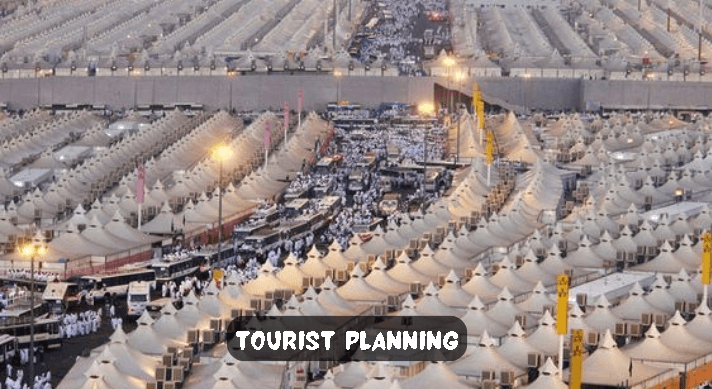
PHOTO FROM: CANVA
Table: Tourist Plan to Mina (Tent City)
| Time | Activity |
| 8:00 AM | Depart from Mecca to Mina |
| 8:30 AM | Arrive at Mina (Tent City) |
| 8:45 AM | Guided tour of the air-conditioned tents |
| 10:00 AM | Visit the historical area where Prophet Muhammad stayed |
| 11:00 AM | Participate in the stoning of the devil ritual at Jamarat Bridge |
| 12:30 PM | Lunch at a local eatery within the tent city |
| 1:30 PM | Leisure time exploring Mina and engaging with fellow visitors |
| 3:00 PM | Return to Mecca |
Summary
Visiting Mina (Tent City) offers a profound blend of travel and leisure, allowing tourists to immerse themselves in the rich history and spirituality of one of the most significant sites in Islamic tradition. This travel plan ensures a comprehensive experience, making your trip both enlightening and enjoyable.
You Should Also Know
1- What is Mina known for during Hajj?
- Mina, also called the Tent City, is where pilgrims stay in tents during Hajj, engaging in prayers and rituals like stoning the Jamarat.
2- Is Mina suitable for family visits?
-
Mina is organized to accommodate families during Hajj, offering separate tents for privacy and safety.
3- How do pilgrims move around Mina?
- Pilgrims usually walk or use shuttle buses to move between the tents, Jamarat, and other sacred sites.
4- What should families pack for a stay in Mina?
- Families should pack light essentials like prayer mats, personal hygiene items, and comfortable clothing for the stay in Mina’s tents.
5-Are there any safety measures for families in Mina?
- Yes, Mina has organized safety protocols, and families are encouraged to stay together and follow instructions from authorities.
6-How do you access food in Mina?
- During Hajj, food services are available in Mina, with meals being provided to pilgrims either through packaged meals or catering services.

